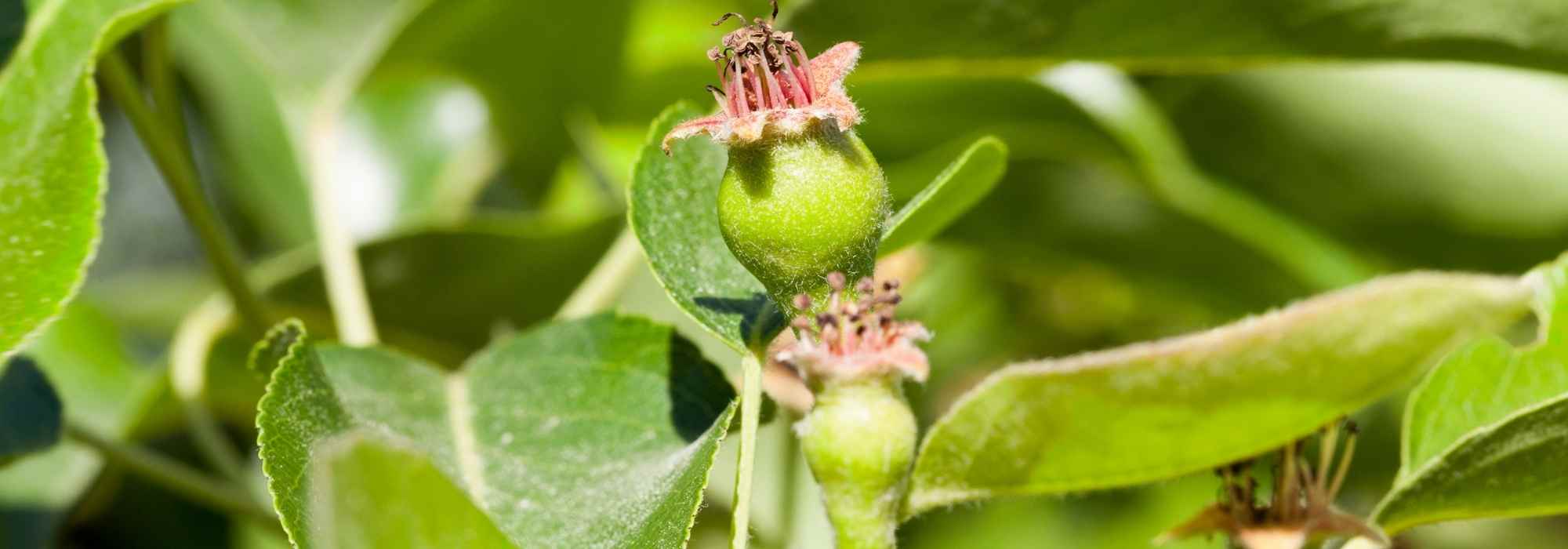
Summer pruning or green pruning: what is it for?
Understand and apply it
Contents
Green pruning of fruit trees involves, as the name suggests, the gardener’s intervention in their orchard when the trees are in the vegetative period (“in leaf”). This technique aims to improve both the yield and the size of the fruits. We offer you a guidance sheet to better understand this technique and apply it in your garden to get the most out of your orchard!
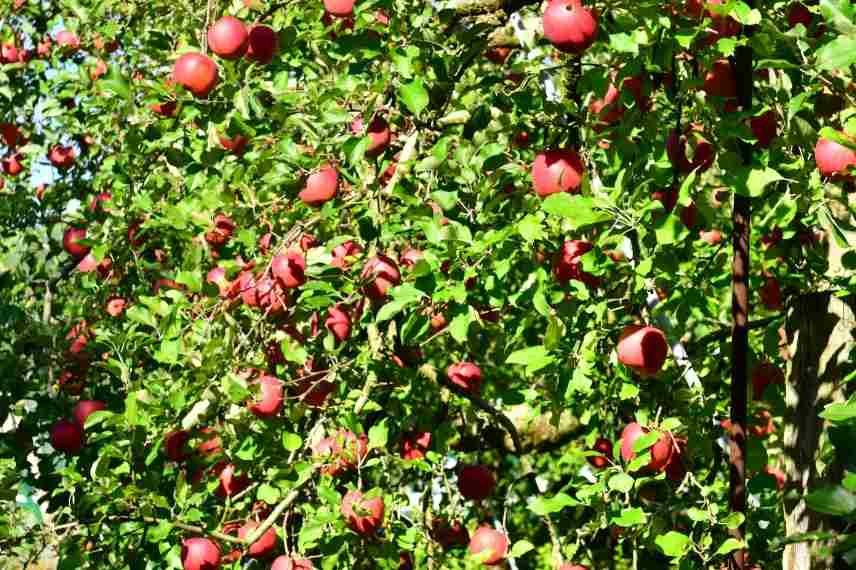
Properly executed green pruning allows for a very good yield from your pip fruit trees
Why green pruning?
In addition to improving its productivity, green pruning will also help maintain the “architecture” of your tree. This is particularly important when you have trained subjects in ranks or large trees exposed to winds.
By pruning appropriately, we will concentrate the sap towards the fruits rather than towards new “greedy” shoots that produce an excess of wood and foliage. This technique will prevent the tree from exhausting itself by producing both fruit and vegetation.
Light and air will circulate better within the tree, which will reduce the risk of diseases and promote fruiting.
Finally, this pruning will limit the phenomenon of alternation in fruit trees that disappoints the gardener every other year.
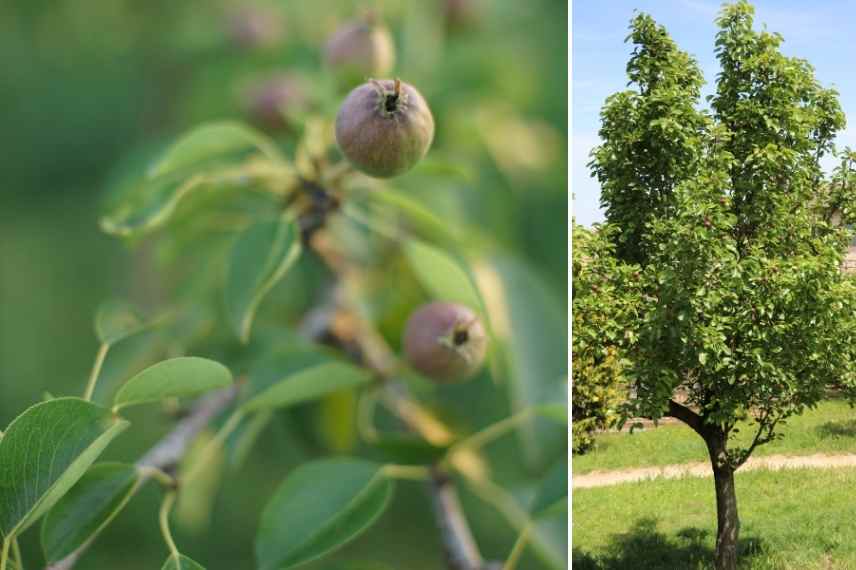
Read also
Fruit trees: pruning of a young shootWhich trees are affected?
Green pruning applies to:
Discover other Fruit trees
View all →Available in 1 sizes
Available in 0 sizes
Available in 1 sizes
Available in 1 sizes
Available in 1 sizes
Available in 1 sizes
Available in 1 sizes
Available in 1 sizes
Available in 1 sizes
Available in 1 sizes
When and how to carry out green pruning?
Green pruning is generally carried out from June, when the fruits are forming and the tree begins to shed malformed or poorly fertilised fruits. Care should be taken not to prune too early in the season, as the increased flow of sap to the unpruned parts would prevent the buds at the base of these areas from developing into future fruit buds.
Before pruning fruit trees, always remember to disinfect your pruning shear with alcohol to prevent the spread of fungal or viral diseases.

Step 1: Formation pruning
The first step is to shape the tree harmoniously to facilitate harvesting as well as the gardener’s movement within the orchard. Green pruning is particularly important for trained fruit trees in goblet, espalier, U, or in ranks.
- Step back and observe the rebellious and vertical branches that are taking the tree away from its desired shape. The aim is to bring the plant as close as possible to its axis and rank (in the case of side-by-side trained fruit trees).
- Remove the excessively long shoots from the current year, being careful not to completely eliminate the spurs (shoots on which the fruits form and which are usually shortened to two buds to concentrate the sap) as these will provide the fruits for next year!
- Next, remove the branches growing vertically at the top of the plant, leaving only one known as the “dominant” branch. This helps maintain a main axis and balance the plant. The removed branches at the top of the plant should be cut just below a bud directed to the left, then to the right, and so on. This will prevent your subject from growing in the same direction and losing its “balance”.
François’s tip: Most of these “rebellious” branches to be removed/shortened can be easily recognised by their shiny bark and their small buds applied to the bark.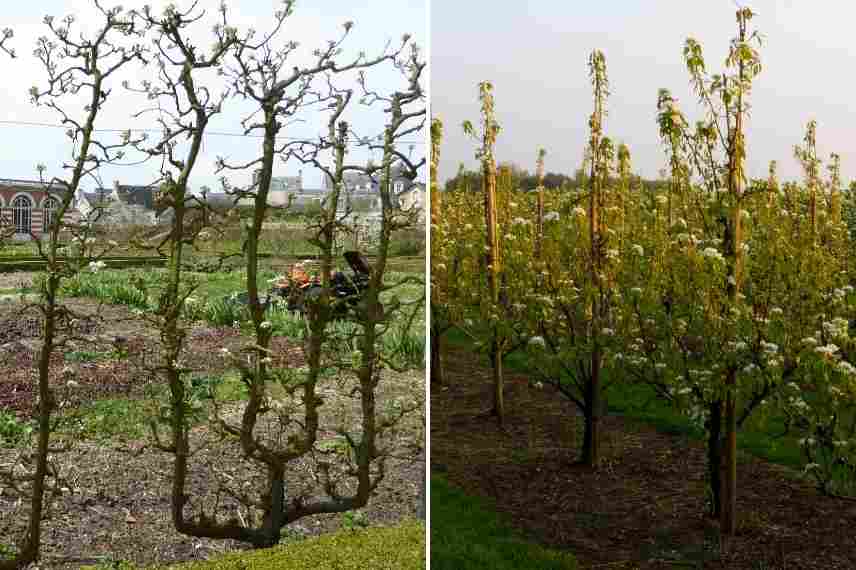 Pear tree (photo Gwenaëlle David Authier) and alignment of pear trees in espalier
Pear tree (photo Gwenaëlle David Authier) and alignment of pear trees in espalier
Step 2: Fruiting pruning
Green pruning also aims to concentrate the sap towards the fruits to promote their growth. To do this:
- Prune the branches bearing fruit by cutting two leaves above the fruit so that the plant feeds the fruit rather than the shoot of the year.
- For branches not bearing fruit, pruning can also be beneficial. Identify those with dormant buds (buds that have not yet developed) to encourage their development into spurs (forming a large pointed bud) or flower buds. These dormant buds should be favoured in the hope that they will transform into flower buds or spurs before winter. To do this, cut the branch five leaves above this type of bud to concentrate the sap at their level.
Warning: do not cut shorter, as you risk awakening the buds producing wood at the axil of the leaves.
- Subscribe!
- Contents
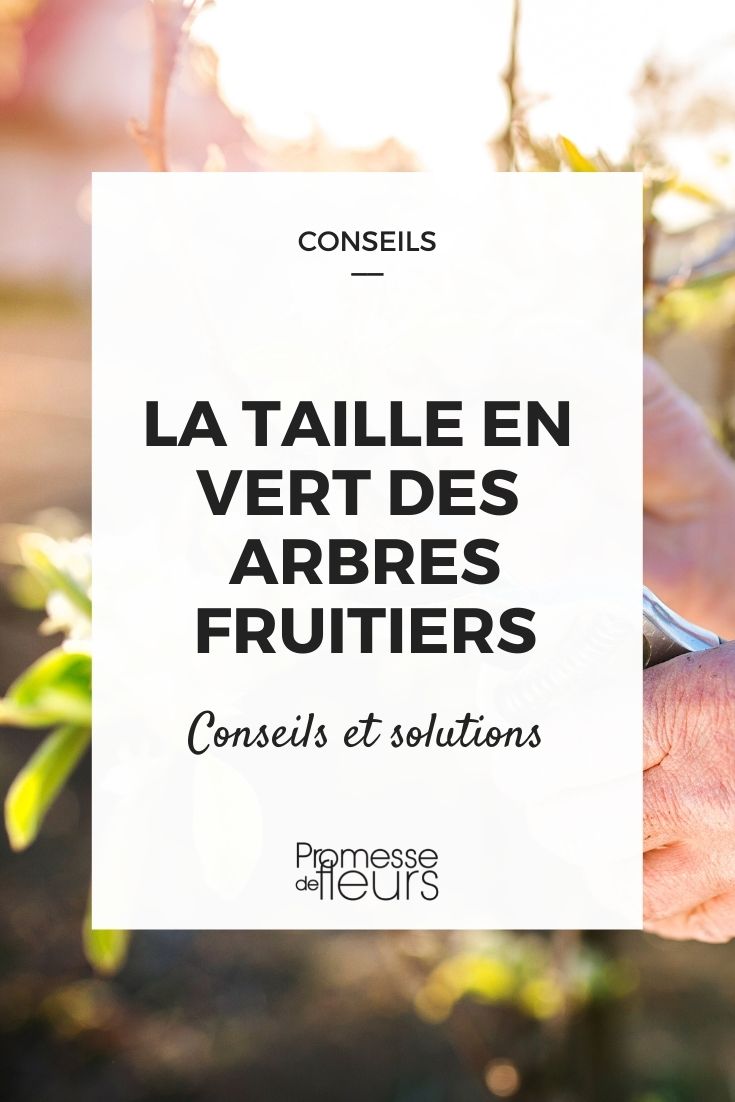































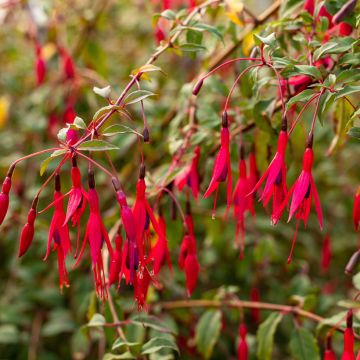
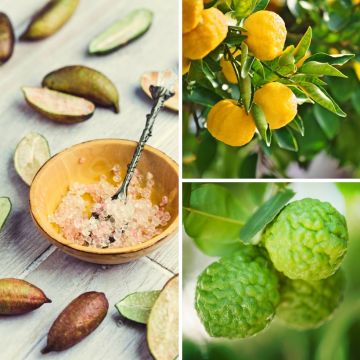
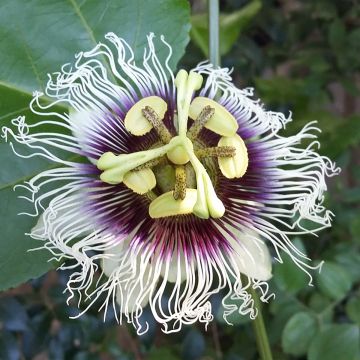
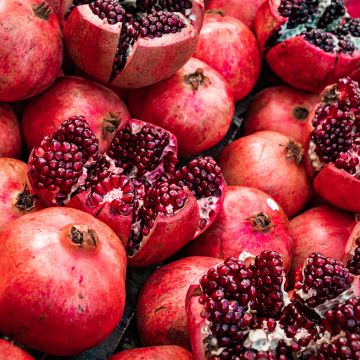
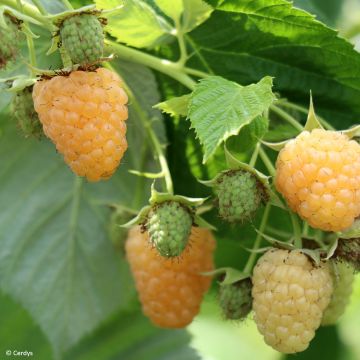
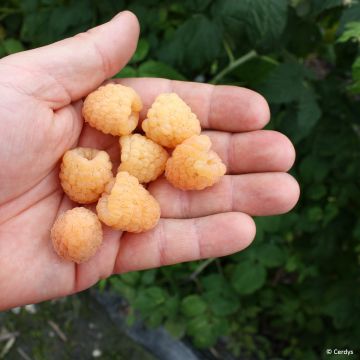
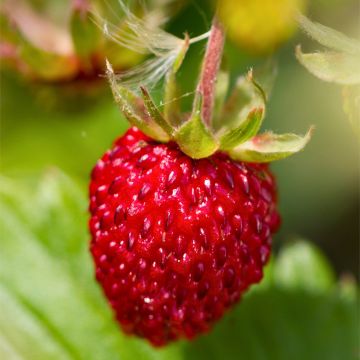
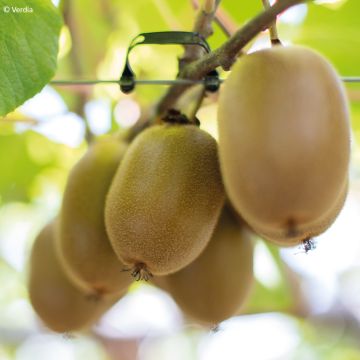
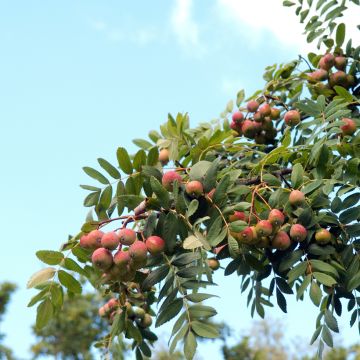
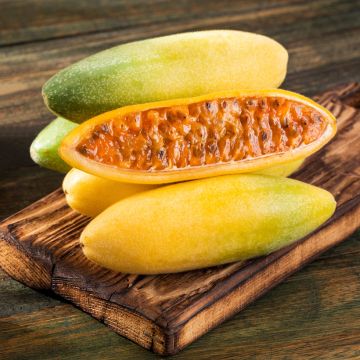
Comments